Students with dyslexia and dysgraphia face unique academic challenges that they can overcome with the right attention from parents and teachers. The first step to helping students with dyslexia or dysgraphia learn successfully is understanding the differences between these conditions. Parents and educators who recognize the distinctions between these learning differences can provide students with the appropriate attention and care. When students receive the appropriate interventions for their learning needs, their potential is limitless! Read below to learn more about the differences and challenges of dyslexia and dysgraphia and how parents and teachers can help.
What is dyslexia?
Dyslexia is generally defined as an unexpected difficulty with reading, often noticed when a child has strong reasoning capabilities and excels in other areas. The way dyslexic children process visual information is different from non-dyslexic students, so they have a difficult time connecting letters with the sounds they make. Additionally, dyslexia is neurobiological in nature, so it can be passed down genetically.
Much like other learning differences, dyslexia can range from mild or moderate to severe. If a child shows symptoms of dyslexia, it is important to have them diagnosed by a psychologist who understands the indicators and can recommend appropriate interventions. Although these can look different depending on the age of the child, some common signs of dyslexia are when a student struggles with identifying letters and decoding words, lack of phonemic awareness, laborious reading and writing skills, discomfort when reading aloud, and difficulty spelling words. Parents and teachers that recognize symptoms of dyslexia, like language and processing difficulties, may lead to early intervention, which is highly beneficial for students.
While dyslexia can come with particular challenges, there is no limit as to what a child can achieve when they receive targeted interventions from trained educators. Teaching approaches, such as the Orton-Gillingham Approach, are instrumental in helping children with dyslexia improve their reading and spelling skills.
What is dysgraphia?
Dysgraphia refers to challenges with writing abilities, specifically related to transcription. Transcription skills allow students to improve handwriting, typing, and spelling and produce writing more clearly.
An early sign of dysgraphia is when children’s writing skills are below their academic or cognitive abilities. Impaired handwriting, which is an indicator of dysgraphia, can affect many aspects of a child’s life and how they progress in school. Other early signs of dysgraphia include difficulty with letter formation, challenges in writing coherent sentences, spacing struggles, and problems controlling writing tools such as pencils. Although it is commonly confused with dyslexia, dysgraphia may or may not result in reading challenges.
Since dysgraphia can impact many milestones in a child’s educational journey, teachers and parents must provide the appropriate support to help children succeed. If you notice potential signs of dysgraphia, be sure to talk with a professional to schedule a dysgraphia evaluation and psychological testing to decide on the right interventions.
Understanding dyslexia and dysgraphia
While dyslexia and dysgraphia are both unique learning differences, understanding how they may affect students helps educators and parents best meet the needs of young learners. By identifying early signs and symptoms, teachers and parents can push for an earlier diagnosis that can help students receive targeted interventions sooner and avoid falling behind in critical areas of reading and reading comprehension. Research on dyslexia and dysgraphia is constantly evolving, so it is essential to note that as a dyslexic community, we are working to make sure the definitions of dyslexia and dysgraphia are accurate and inclusive since many medical and educational professionals don’t provide a conclusive definition as of yet.
Both teachers and parents can benefit from acknowledging the unique characteristics of common learning differences. ReadSource is proud to provide parents and educators with the tools necessary to support struggling readers and children with dyslexia and dysgraphia. ReadSource offers training, tutoring, and educational resources to empower students with learning differences. Discover our helpful online resources or contact us for more information today!








Leave a Reply